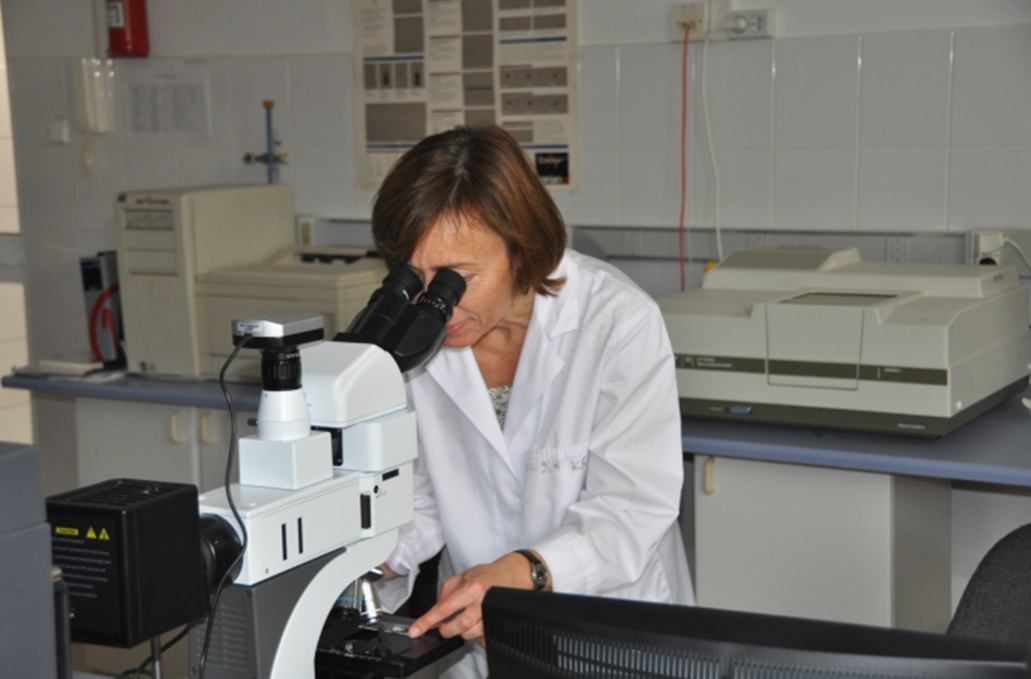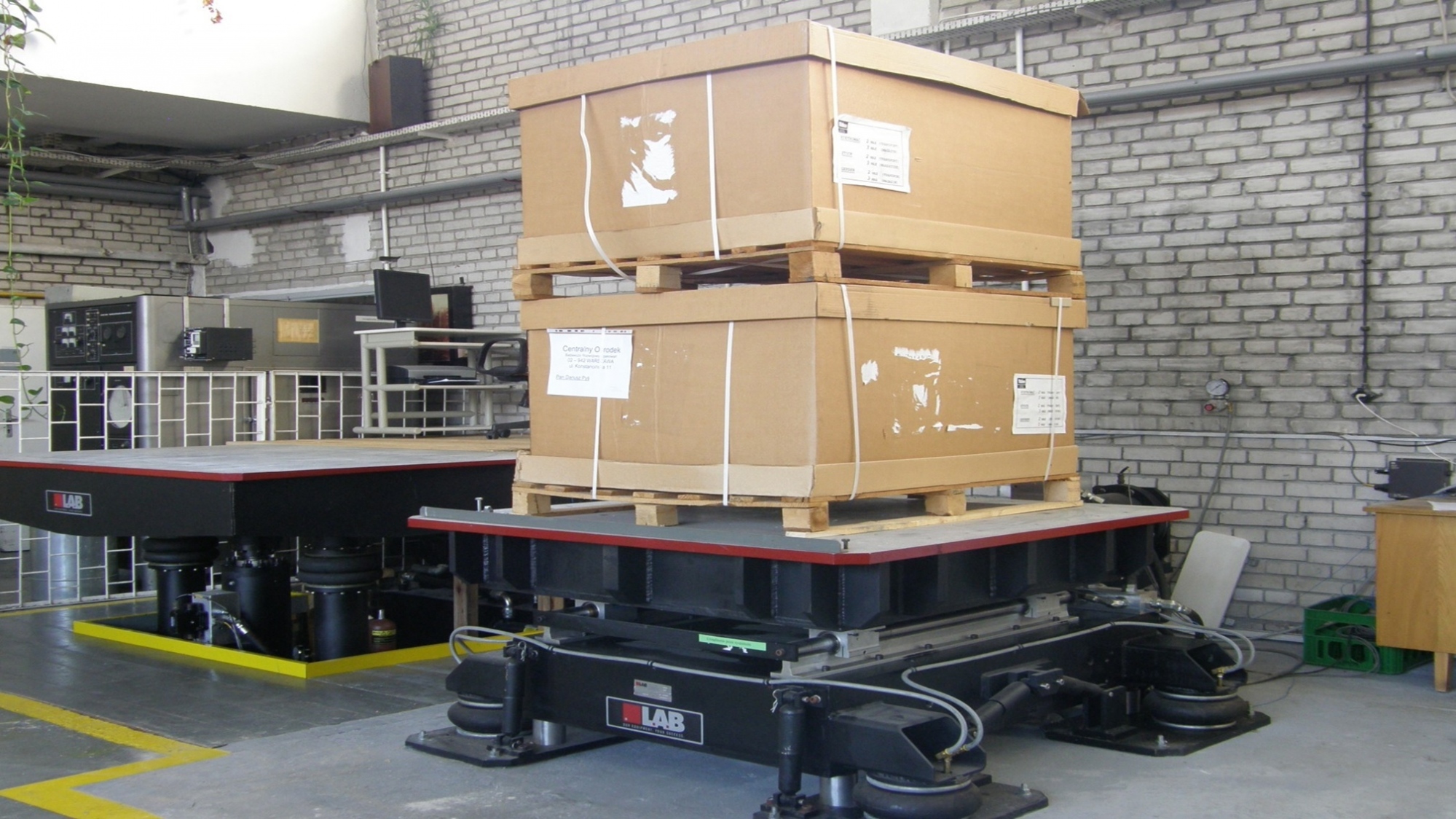COBRO, Poland: leveraging a wider research network
The ?ukasiewicz Research Network was established less than a year ago, as an initiative led by the Polish parliament and two government ministries, and COBRO has been a part of this network from the outset. Branch director Monika Kaczmarczyk calls it “a unique project of great commercial potential”. “It is a central governing body for 38 institutes located in 11 cities across Poland, and the third largest research network in Europe,” she says.Only since January this year, COBRO has nestled into a new niche within this network. The new full name for the institute may seem a bit of a ‘mouthful’, but it gives a clear idea of where it sits in the organisation. That name is: ?ukasiewicz Research Network – Biopolymers and Chemical Fibres Institute, Warsaw Branch, COBRO – Packaging Research and Development Centre.
Kaczmarczyk emphasises the important role that packaging plays in the ?ukasiewicz Research Network as a whole. “To all intents and purposes, COBRO is operating as previously, including in terms of staff and contact details,” she says. “We are very excited about this change, as it opens up new opportunities, and we hope to further co-operate and work together on many future endeavours with the full value chain of the international packaging industry.”
Within the Network, the Biopolymers and Chemical Fibres Institute, with Rados?aw Dziuba as its director, has a strong background in biomaterials more generally, in polymer and fibre technology, cellulose pulp and paper products. Facilities include a section for the experimental production of composite products, says Kaczmarczyk. “The Institute has co-operated with us previously in numerous national and international projects, so the merger is quite a natural and harmonious process,” she adds.
COBRO continues to work together with many other participants in co-operative research projects. Current examples include the CORNET HumidWRAP initiative and the Interreg CENTRAL EUROPE project BIOCOMPACK-CE.
 The objective of HumidWRAP is the development of an innovative active material offering controlled in-pack humidity. “The project will develop coatings with the function of moisture regulation for paper, using different active moisture-absorbing materials such as inorganic compounds and polymeric compounds,” Kaczmarczyk says. Single-component and multi-component coatings will be trialled, using materials including modified starch and modified cellulose.
The objective of HumidWRAP is the development of an innovative active material offering controlled in-pack humidity. “The project will develop coatings with the function of moisture regulation for paper, using different active moisture-absorbing materials such as inorganic compounds and polymeric compounds,” Kaczmarczyk says. Single-component and multi-component coatings will be trialled, using materials including modified starch and modified cellulose.BIOCOMPACK-CE, on the other hand, is focused on improving links and communication between sectors and supply-chain partners contributing to innovation in bio-composite packaging – in other words, materials combining bioplastics and paper. The aim is to promote faster lower-cost development of products in this area.
“We are building an audit tool and business-support system for companies in the packaging value chain which are willing to innovate and invest in bio-composite packaging,” she says, adding that the tool will be tested in a pilot scheme across six countries, including Poland. Another objective is the setting up of a Transnational Bio-composite Packaging Centre.
Looking beyond research, Kaczmarczyk says: “We also deliver a wide array of tests for the packaging industry, and organise seminars, workshops, conferences and training on all aspects of packaging.”

COBRO has two accredited labs, one for primary packaging, secondary packaging and materials testing, and one for transport packaging tests. There is also a team dedicated to the environmental aspects of packaging through the entire lifecycle. All these labs and teams work closely with the certification centre.
Kaczmarczyk sees an exciting future for COBRO, thanks in part to the development of the ?ukasiewicz Research Network, with the opportunities arising from easier access to other R&D institutes and to industry. But more specifically, too, she sees huge potential in the merger with the Biopolymers and Chemical Fibres Institute. “This offers many synergies and opportunities for bigger and more innovative research projects in the field of packaging and packaging materials,” she states.